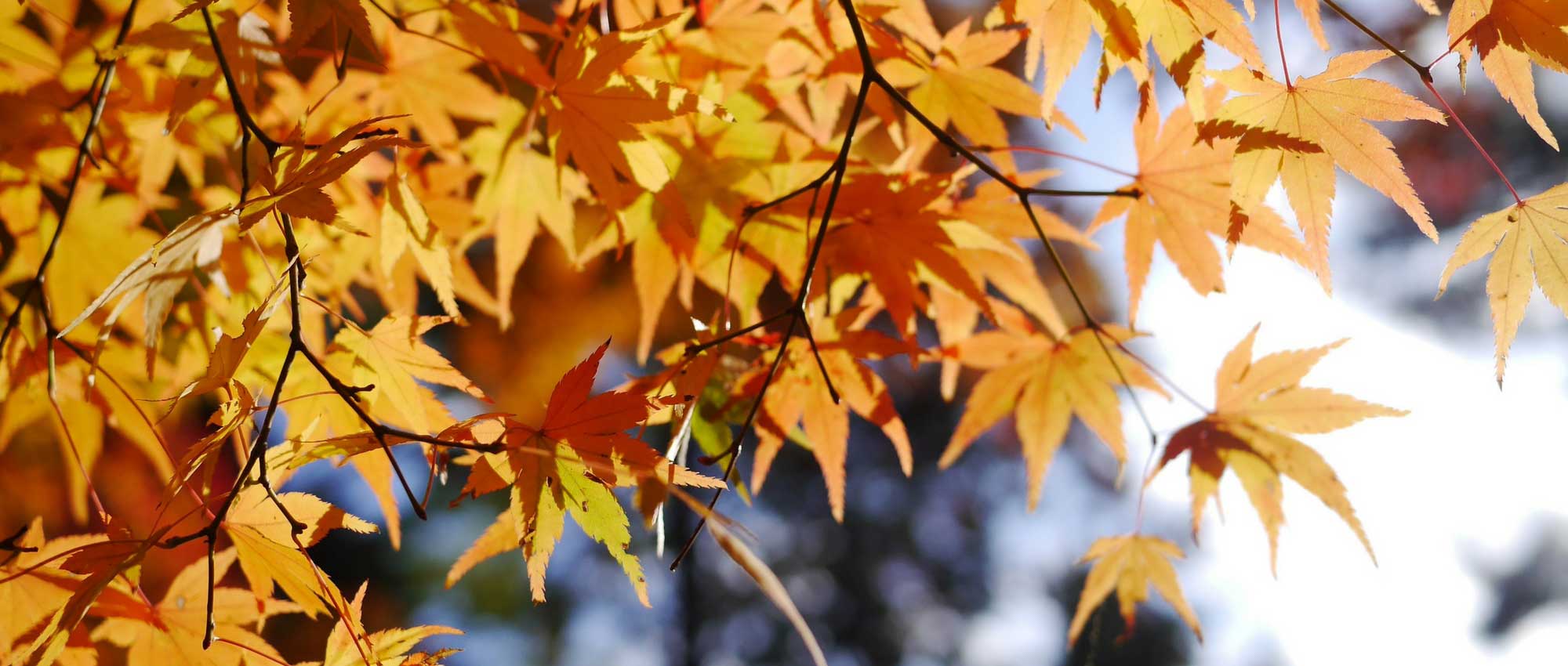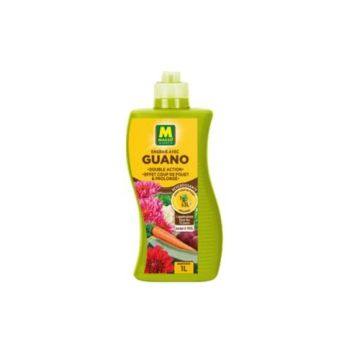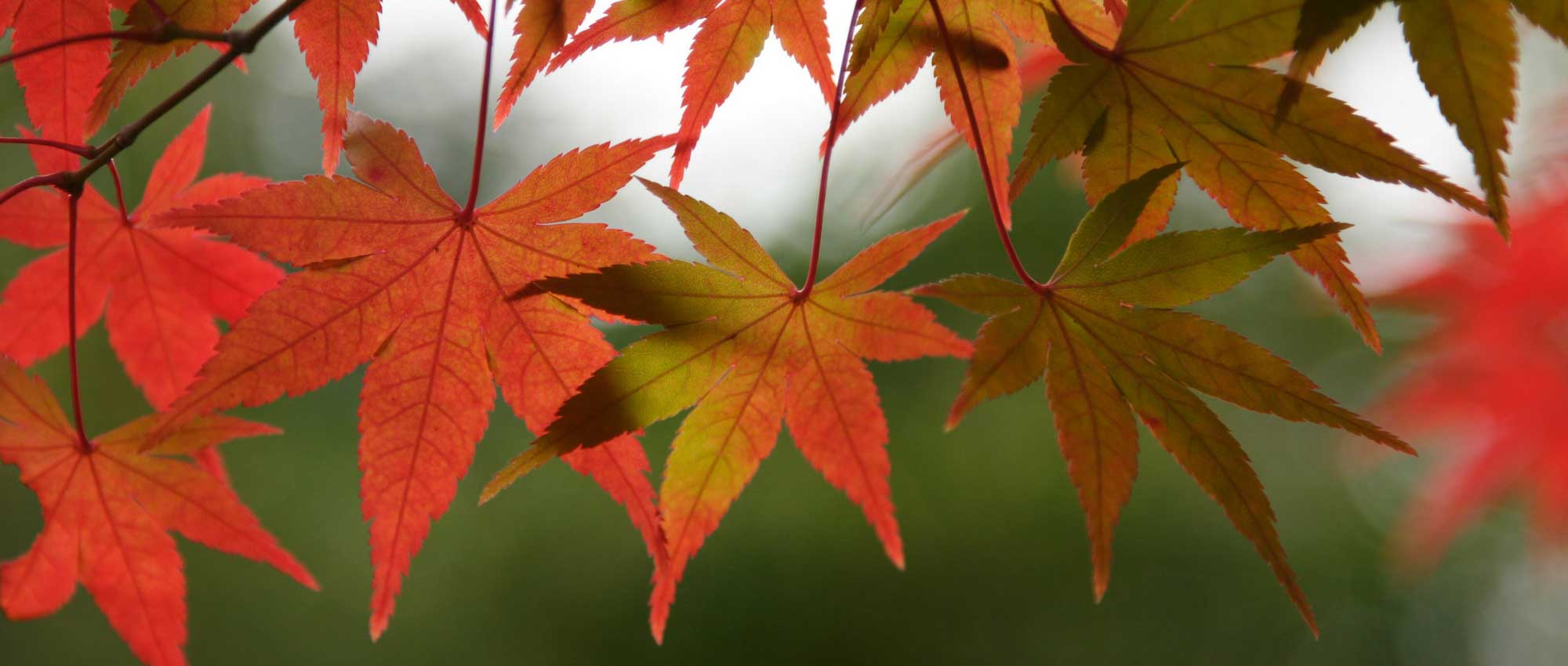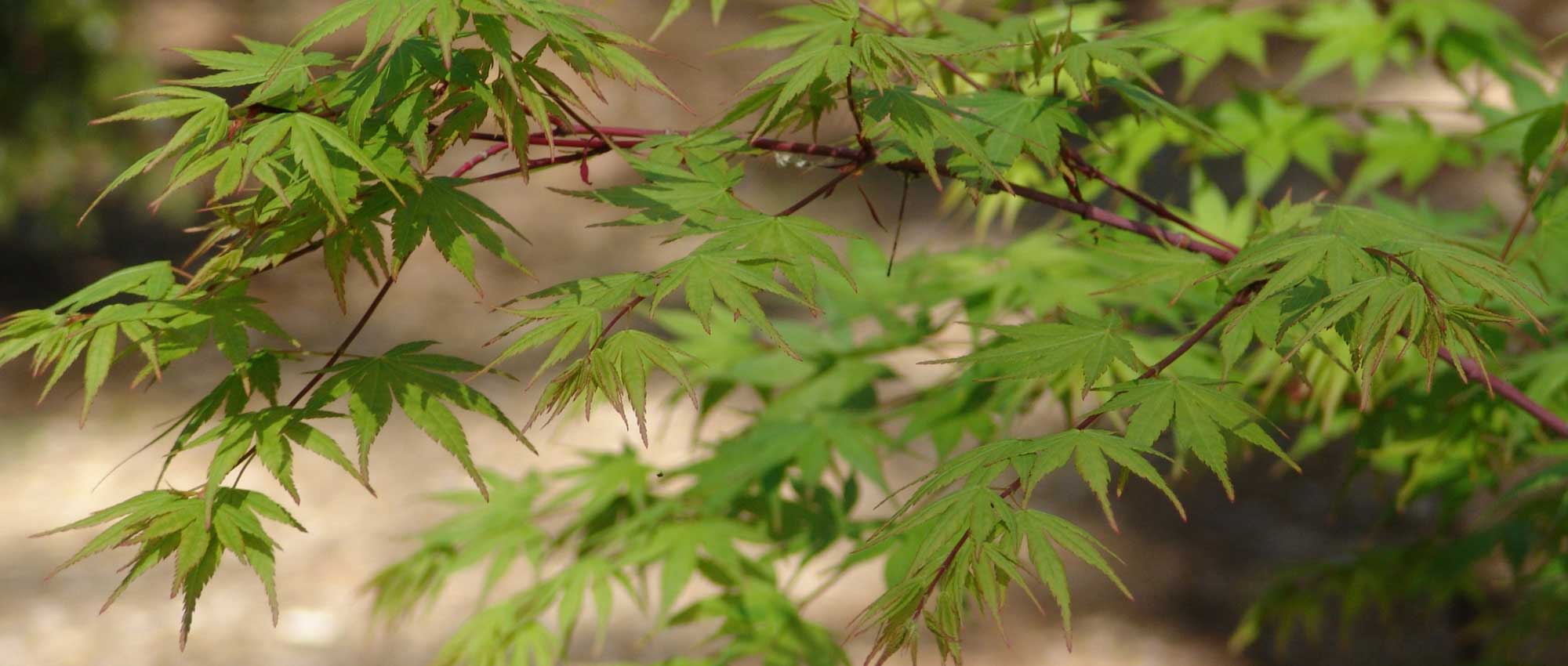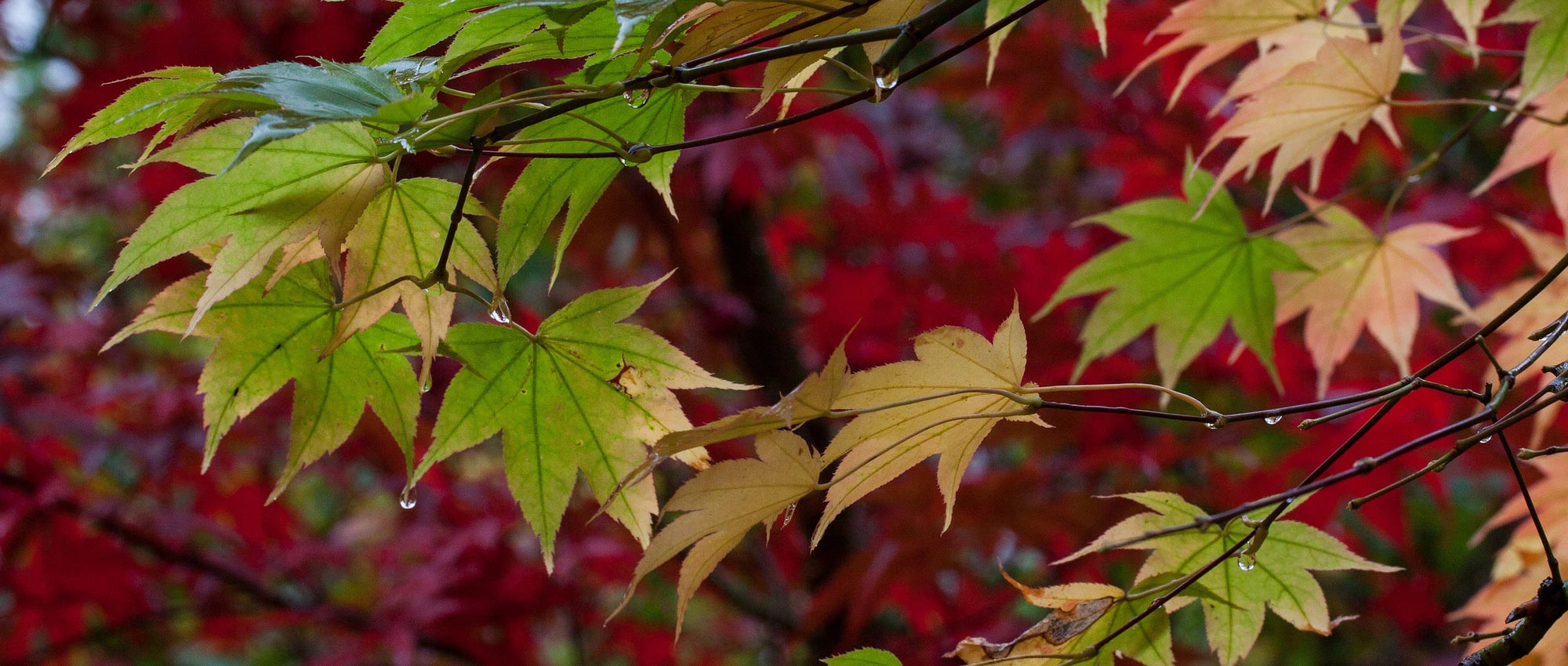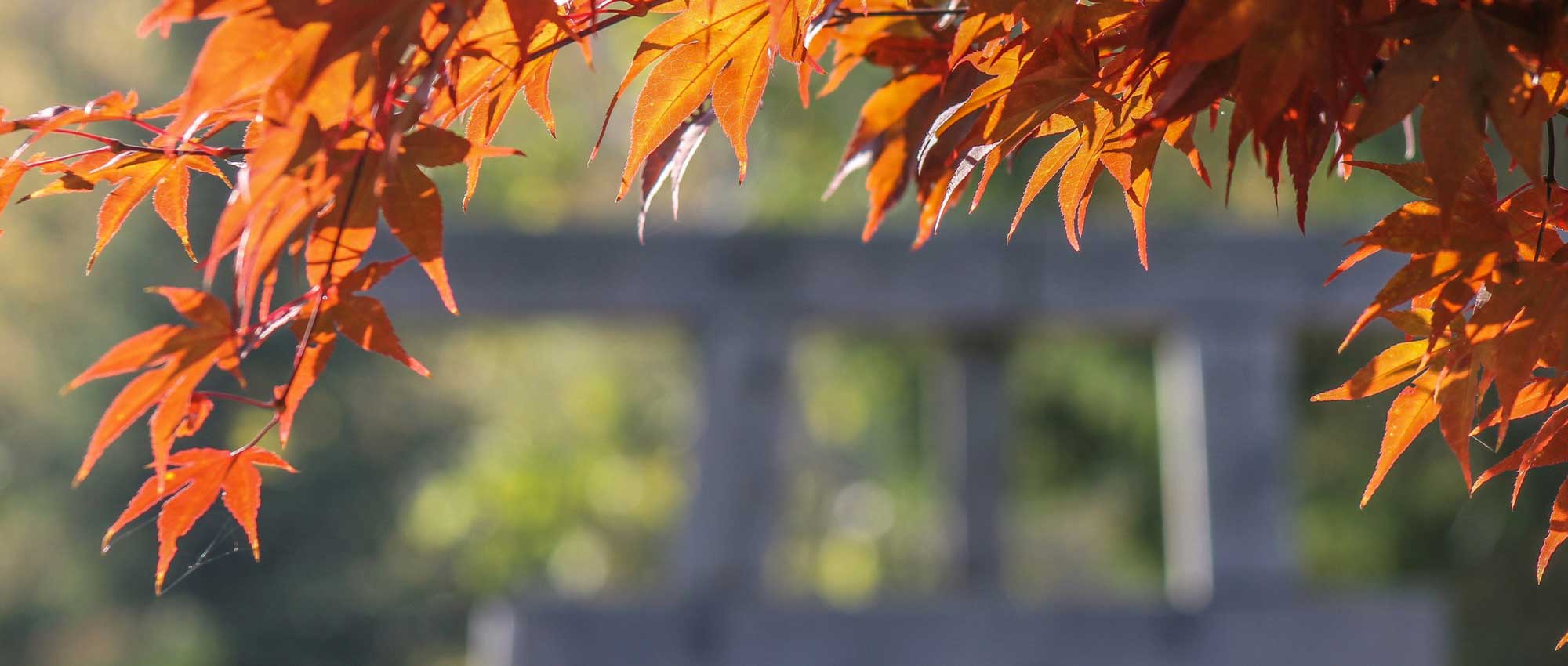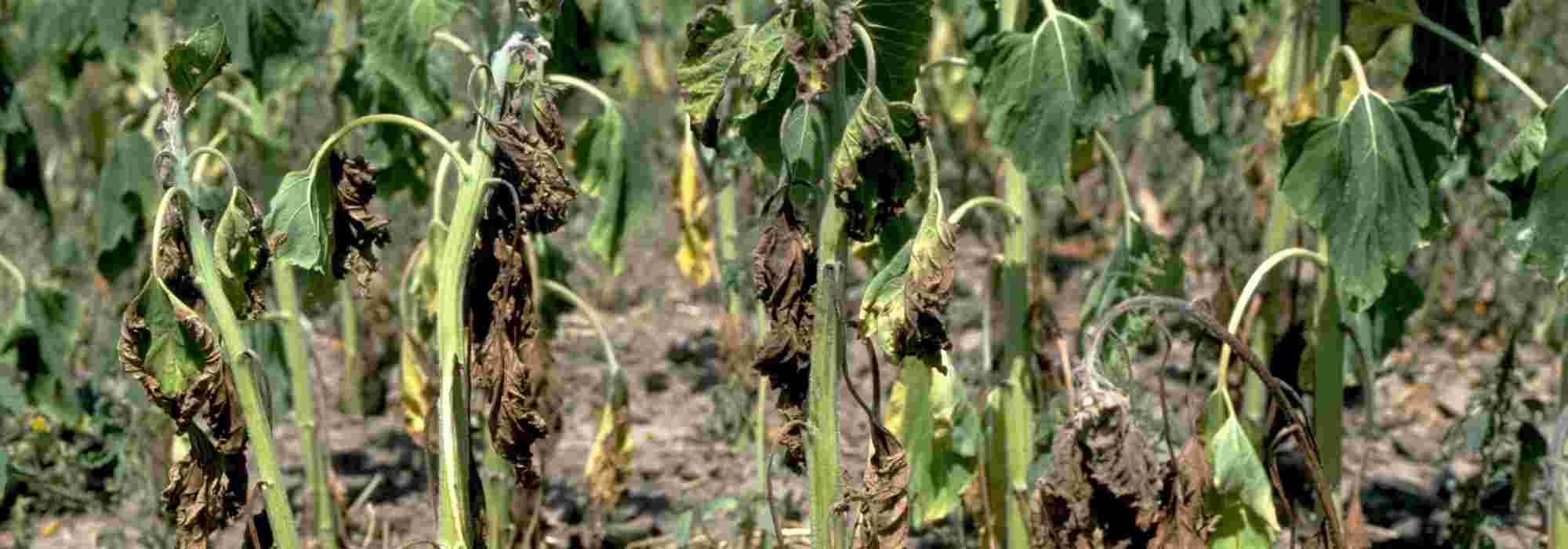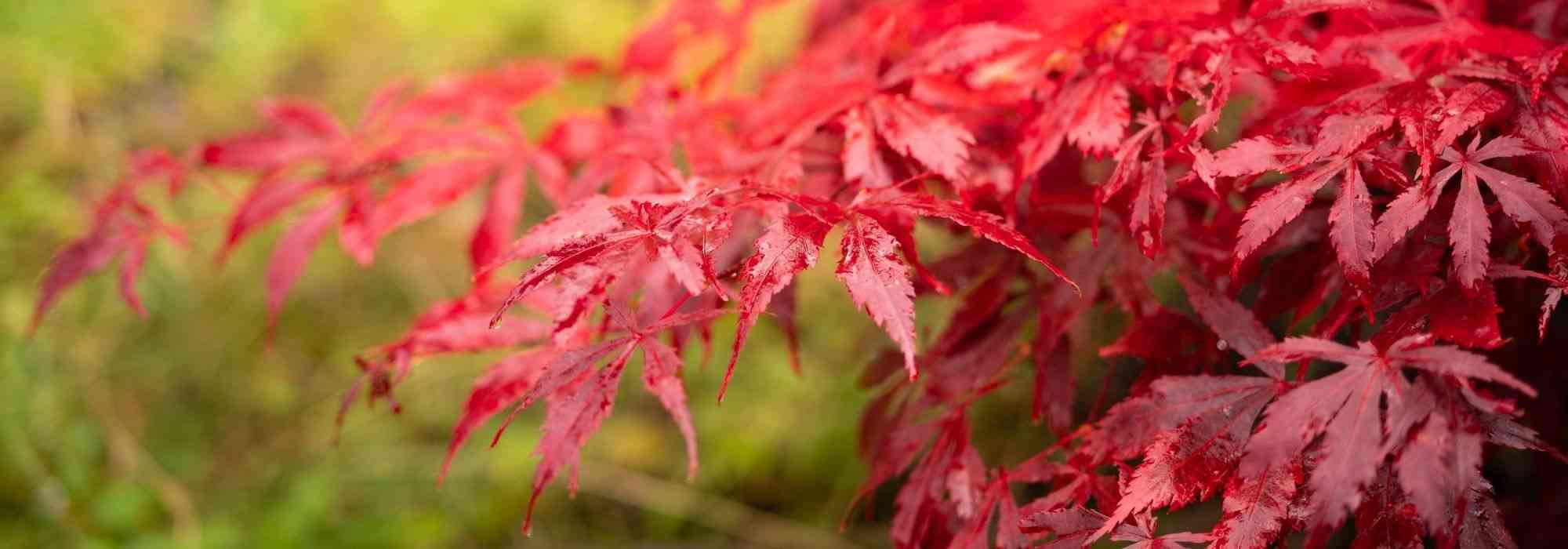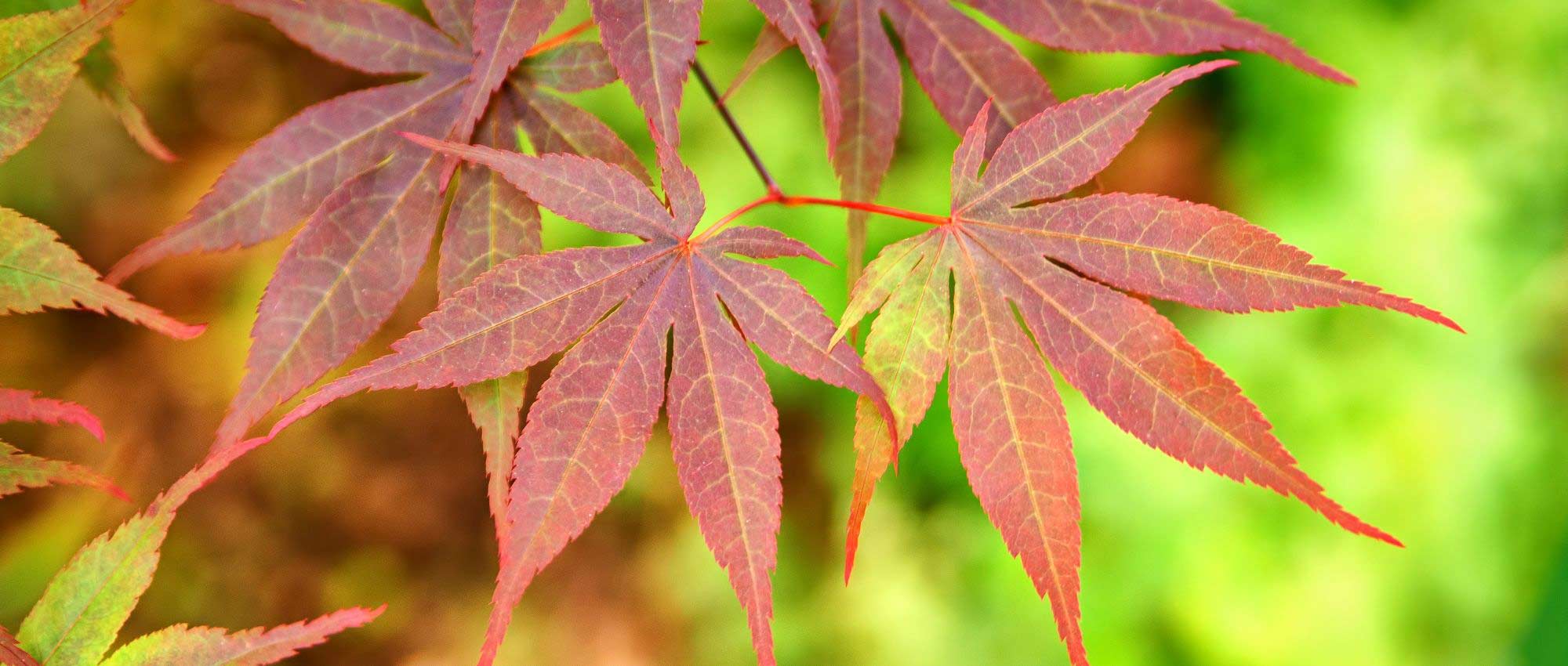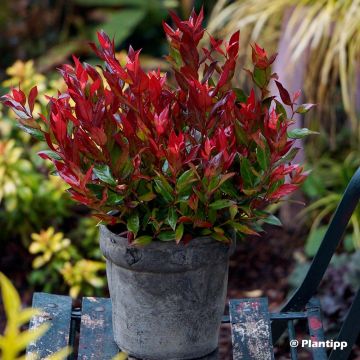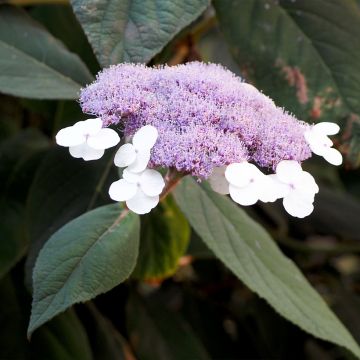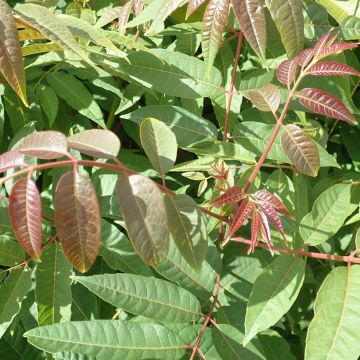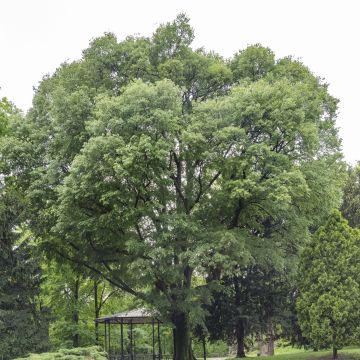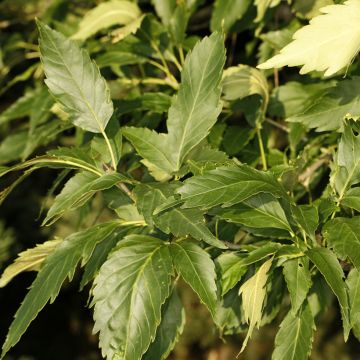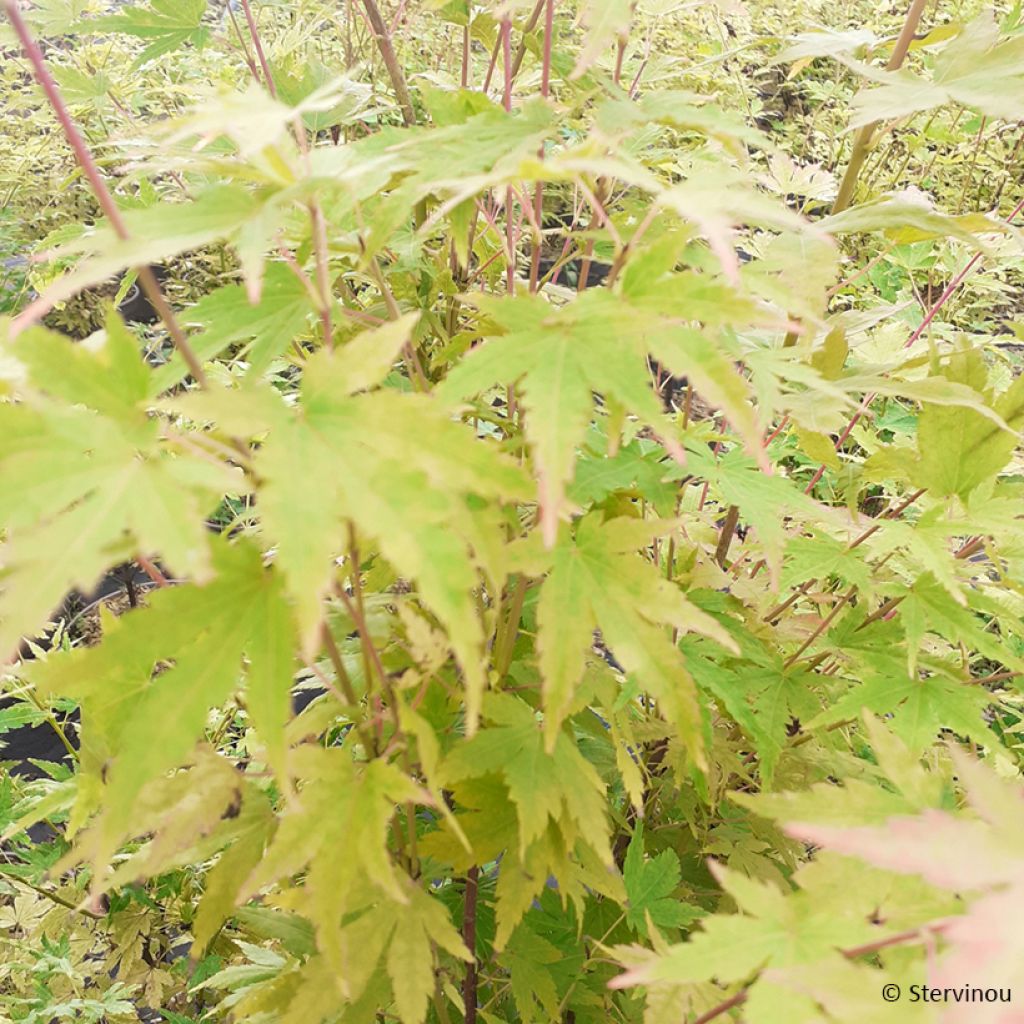

Acer palmatum Red Wood - Japanese maple
Acer palmatum Red Wood - Japanese maple
Acer palmatum Red Wood
Japanese Maple, Palmate Maple
Special offer!
Receive a €20 voucher for any order over €90 (excluding delivery costs, credit notes, and plastic-free options)!
1- Add your favorite plants to your cart.
2- Once you have reached €90, confirm your order (you can even choose the delivery date!).
3- As soon as your order is shipped, you will receive an email containing your voucher code, valid for 3 months (90 days).
Your voucher is unique and can only be used once, for any order with a minimum value of €20, excluding delivery costs.
Can be combined with other current offers, non-divisible and non-refundable.
Home or relay delivery (depending on size and destination)
Schedule delivery date,
and select date in basket
This plant carries a 24 months recovery warranty
More information
We guarantee the quality of our plants for a full growing cycle, and will replace at our expense any plant that fails to recover under normal climatic and planting conditions.
Does this plant fit my garden?
Set up your Plantfit profile →
Description
Acer palmatum 'Red Wood' is a variety of Japanese maple whose most admirable features are its graceful foliage and decorative winter bark. Its deeply lobed leaves change colour with the seasons, culminating in a stunning autumn display. Its bright coral-red bark provides a visual spectacle throughout the winter in the garden. This elegant, small tree is very hardy, only disliking limestone and scorching exposures. It will be perfectly at home in a shaded border, alongside acid soil plants, or as a standalone feature on a lawn.
Maple, or Acer, once classified in the Aceraceae family, now belongs to the Sapindaceae family, alongside 140 other genera.
Acer palmatum is native to Japan and Korea, where it can form small trees up to 8 metres in height. Its beautifully lobed foliage turns a stunning light red in autumn, giving Japanese landscapes their distinctive character. Noted by the great botanist Thunberg in the late 18th century, it was introduced to Europe as early as 1820. Prized by the Japanese for bonsai, it is also a favourite species among many breeders who have produced numerous cultivars over the years.
Acer palmatum 'Red Wood' combines the beauty of its foliage with highly decorative bark. With moderate growth, this large shrub, rarely a small tree, will reach around 4 metres in height and 2.50 to 3 metres in width after 10 years of cultivation. Its habit is rather upright, spreading later to form an irregular, more or less rounded shape with a very natural appearance. In spring, the young leaves emerge in soft yellowish-green to chartreuse-green tones. Typically for this species, they are divided into five main lobes, toothed at the edges, often with two small additional lobes at the base. Measuring 5 to 10 cm in diameter, their highly sculptural shape is ornamental throughout the season. They turn bright green in late spring, and they retain this colour throughout summer until their autumn display. With the first frosts, the leaves then colour yellow, orange, or red, often in a mix, ending the season beautifully. The bark is stunning, becoming increasingly red as winter sets in. The coral-red stems gave the variety its name. They stand out particularly well under the grey skies of winter and make a remarkable focal point in the garden.
Japanese Maples are universally admired for their architectural, colourful foliage, but 'Red Wood' goes further with its stunning bark. Plant it on the edge of large trees alongside its cousin, the Paperbark Maple (Acer griseum), to create an unforgettable scene. To brighten your border, add a few Rhododendrons and Azaleas with their dazzling spring flowers. Complement with a Cornus kousa 'Bonfire', a fabulous Japanese Dogwood with strongly variegated yellow-green foliage that blazes pink, red, and burgundy in autumn.
Acer palmatum Red Wood - Japanese maple in pictures
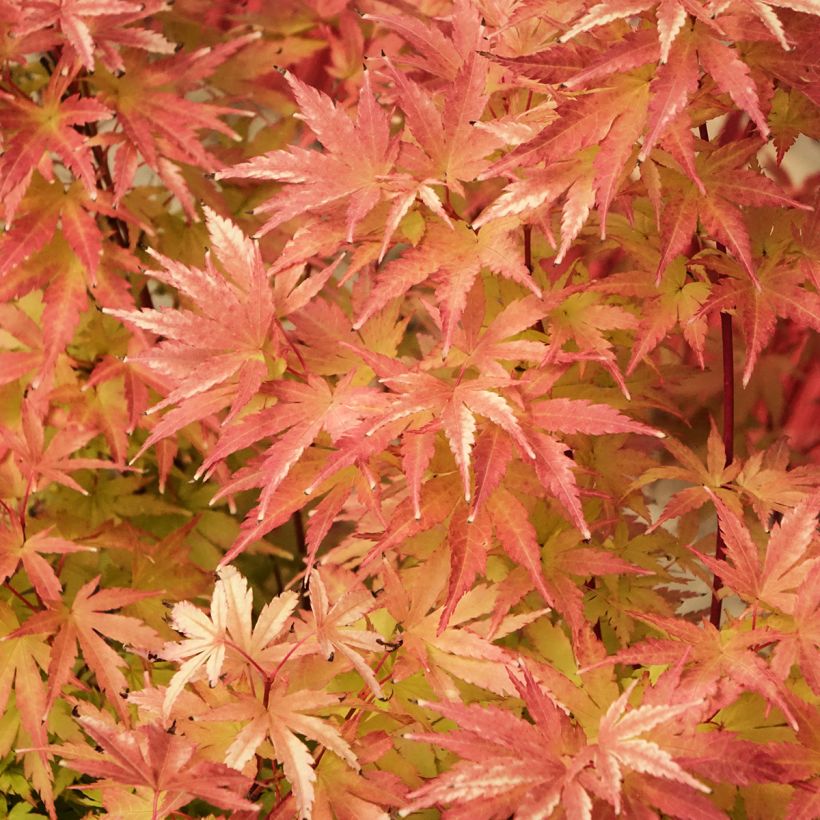

Plant habit
Flowering
Foliage
Botanical data
Acer
palmatum
Red Wood
Sapindaceae
Japanese Maple, Palmate Maple
Cultivar or hybrid
Planting and care
Plant Acer palmatum 'Red Wood' in spring or autumn in slightly acidic, humus-bearing, moist but not wet, deep, loose and well-drained soil. Except in northern regions where it can tolerate a sunny position, it should be planted in partial shade, sheltered from cold and dry winds. This tree dislikes harsh sunlight as well as dry air, which can damage its foliage.
Dig a hole 50 to 60 cm wide and deep, and mix acidic planting compost (pH 5.5 to 6) with the existing soil. You can also add some horn meal at the bottom of the hole to ensure a steady supply of nitrogen. Apply a generous amount of organic matter every three years to maintain good humus content in the soil. Mulch the surface to retain moisture above the root system. Winter pruning should be limited to balancing the branches if necessary. Treat against scale insects and watch out for Verticillium, a disease that causes branches to dry out.
Planting period
Intended location
Care
Planting & care advice
This item has not been reviewed yet - be the first to leave a review about it.
Similar products
Haven't found what you were looking for?
Hardiness is the lowest winter temperature a plant can endure without suffering serious damage or even dying. However, hardiness is affected by location (a sheltered area, such as a patio), protection (winter cover) and soil type (hardiness is improved by well-drained soil).

Photo Sharing Terms & Conditions
In order to encourage gardeners to interact and share their experiences, Promesse de fleurs offers various media enabling content to be uploaded onto its Site - in particular via the ‘Photo sharing’ module.
The User agrees to refrain from:
- Posting any content that is illegal, prejudicial, insulting, racist, inciteful to hatred, revisionist, contrary to public decency, that infringes on privacy or on the privacy rights of third parties, in particular the publicity rights of persons and goods, intellectual property rights, or the right to privacy.
- Submitting content on behalf of a third party;
- Impersonate the identity of a third party and/or publish any personal information about a third party;
In general, the User undertakes to refrain from any unethical behaviour.
All Content (in particular text, comments, files, images, photos, videos, creative works, etc.), which may be subject to property or intellectual property rights, image or other private rights, shall remain the property of the User, subject to the limited rights granted by the terms of the licence granted by Promesse de fleurs as stated below. Users are at liberty to publish or not to publish such Content on the Site, notably via the ‘Photo Sharing’ facility, and accept that this Content shall be made public and freely accessible, notably on the Internet.
Users further acknowledge, undertake to have ,and guarantee that they hold all necessary rights and permissions to publish such material on the Site, in particular with regard to the legislation in force pertaining to any privacy, property, intellectual property, image, or contractual rights, or rights of any other nature. By publishing such Content on the Site, Users acknowledge accepting full liability as publishers of the Content within the meaning of the law, and grant Promesse de fleurs, free of charge, an inclusive, worldwide licence for the said Content for the entire duration of its publication, including all reproduction, representation, up/downloading, displaying, performing, transmission, and storage rights.
Users also grant permission for their name to be linked to the Content and accept that this link may not always be made available.
By engaging in posting material, Users consent to their Content becoming automatically accessible on the Internet, in particular on other sites and/or blogs and/or web pages of the Promesse de fleurs site, including in particular social pages and the Promesse de fleurs catalogue.
Users may secure the removal of entrusted content free of charge by issuing a simple request via our contact form.
The flowering period indicated on our website applies to countries and regions located in USDA zone 8 (France, the United Kingdom, Ireland, the Netherlands, etc.)
It will vary according to where you live:
- In zones 9 to 10 (Italy, Spain, Greece, etc.), flowering will occur about 2 to 4 weeks earlier.
- In zones 6 to 7 (Germany, Poland, Slovenia, and lower mountainous regions), flowering will be delayed by 2 to 3 weeks.
- In zone 5 (Central Europe, Scandinavia), blooming will be delayed by 3 to 5 weeks.
In temperate climates, pruning of spring-flowering shrubs (forsythia, spireas, etc.) should be done just after flowering.
Pruning of summer-flowering shrubs (Indian Lilac, Perovskia, etc.) can be done in winter or spring.
In cold regions as well as with frost-sensitive plants, avoid pruning too early when severe frosts may still occur.
The planting period indicated on our website applies to countries and regions located in USDA zone 8 (France, United Kingdom, Ireland, Netherlands).
It will vary according to where you live:
- In Mediterranean zones (Marseille, Madrid, Milan, etc.), autumn and winter are the best planting periods.
- In continental zones (Strasbourg, Munich, Vienna, etc.), delay planting by 2 to 3 weeks in spring and bring it forward by 2 to 4 weeks in autumn.
- In mountainous regions (the Alps, Pyrenees, Carpathians, etc.), it is best to plant in late spring (May-June) or late summer (August-September).
The harvesting period indicated on our website applies to countries and regions in USDA zone 8 (France, England, Ireland, the Netherlands).
In colder areas (Scandinavia, Poland, Austria...) fruit and vegetable harvests are likely to be delayed by 3-4 weeks.
In warmer areas (Italy, Spain, Greece, etc.), harvesting will probably take place earlier, depending on weather conditions.
The sowing periods indicated on our website apply to countries and regions within USDA Zone 8 (France, UK, Ireland, Netherlands).
In colder areas (Scandinavia, Poland, Austria...), delay any outdoor sowing by 3-4 weeks, or sow under glass.
In warmer climes (Italy, Spain, Greece, etc.), bring outdoor sowing forward by a few weeks.






























